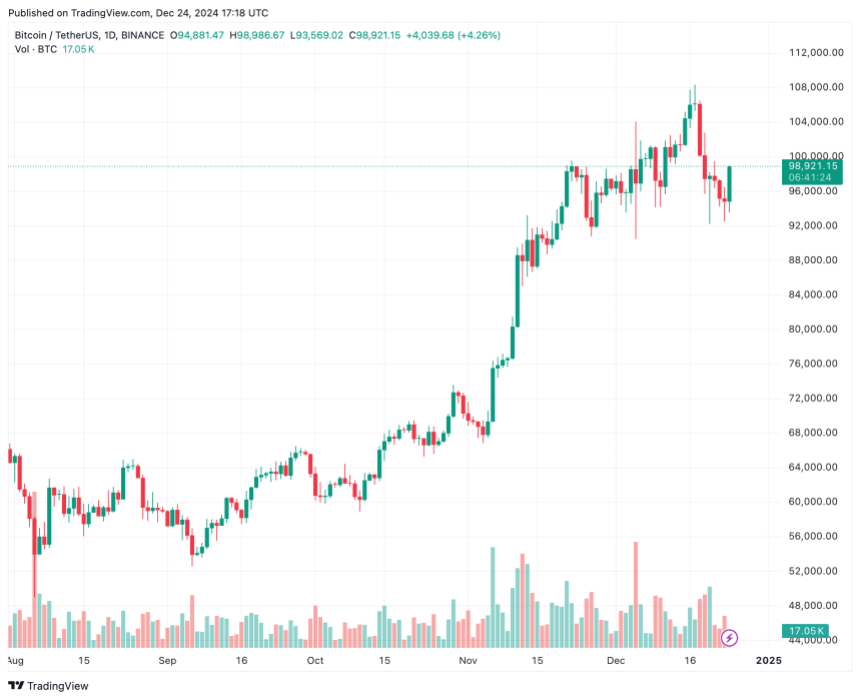Este artículo también está disponible en español.
Based on a report revealed right now by blockchain safety agency Hacken, decentralized finance (DeFi) protocols witnessed a steep decline in exploits in 2024, whereas centralized finance (CeFi) platforms greater than doubled their losses as a consequence of safety breaches.
DeFi Platforms Present Higher Safety Mechanisms
In its annual “Web3 Safety Report,” Hacken outlined the overall tendencies within the cryptocurrency business with regard to scams and safety infrastructure. The report notes that whole losses arising from safety failure in 2024 stood at $2.91 billion.
Associated Studying
DeFi protocols accounted for $474 million in losses this 12 months, a 40% decline from $787 million in 2023. This sharp drop displays the rising adoption of superior safety methods, comparable to zero-knowledge cryptography and multi-party computation, throughout the DeFi ecosystem.
One key issue contributing to the discount in DeFi exploits was the sharp decline in cross-chain bridge hacks. Losses from these assaults have persistently fallen – from $1.89 billion in 2022 to $338 million in 2023, and eventually to $114 million in 2024.
In distinction, CeFi platforms, together with cryptocurrency exchanges, reported $694 million in losses in 2024, greater than double the $339 million recorded in 2023. CeFi accounted for practically one-third of all crypto-related incidents, highlighting persistent vulnerabilities in centralized methods.
Gaming and metaverse initiatives had been one other main goal in 2024, chargeable for practically 20% of all crypto-related hacks, with $389 million in losses. The biggest gaming/metaverse breach of the 12 months was the PlayDapp exploit in Q1 2024, which resulted in a $290 million loss.
Phishing scams additionally remained a major concern, inflicting greater than $600 million in losses this 12 months. These scams spotlight more and more subtle social engineering ways within the Web3 house.
In November, the sector confronted a $129 million handle poisoning assault. For context, handle poisoning phishing entails attackers sending small transactions from an handle that intently resembles one the sufferer has interacted with, tricking them into mistakenly sending funds to the fraudulent handle in future transactions.
Memecoins And Rugpulls Proceed To Prey On Customers
Whereas memecoins had been all the fashion for almost all of 2024 – significantly on the Solana (SOL) blockchain as a consequence of its low transaction prices – a major proportion of them preyed on buyers by means of presale scams and celebrity-endorsed rug pulls.
Associated Studying
One notable instance is the Hawk Tuah memecoin, launched by viral influencer Hailey Welch, popularly referred to as “Hawk Tuah Woman”. The coin’s worth plummeted 95% shortly after launch, sparking extreme backlash from the broader Web3 neighborhood.
The rise in memecoin-related scams additionally underscores the necessity for better investor training, significantly when participating with such speculative property. At press time, Bitcoin (BTC) trades at $98,921, up 5.8% previously 24 hours.

Featured picture from Unsplash, chart from Tradingview.com




